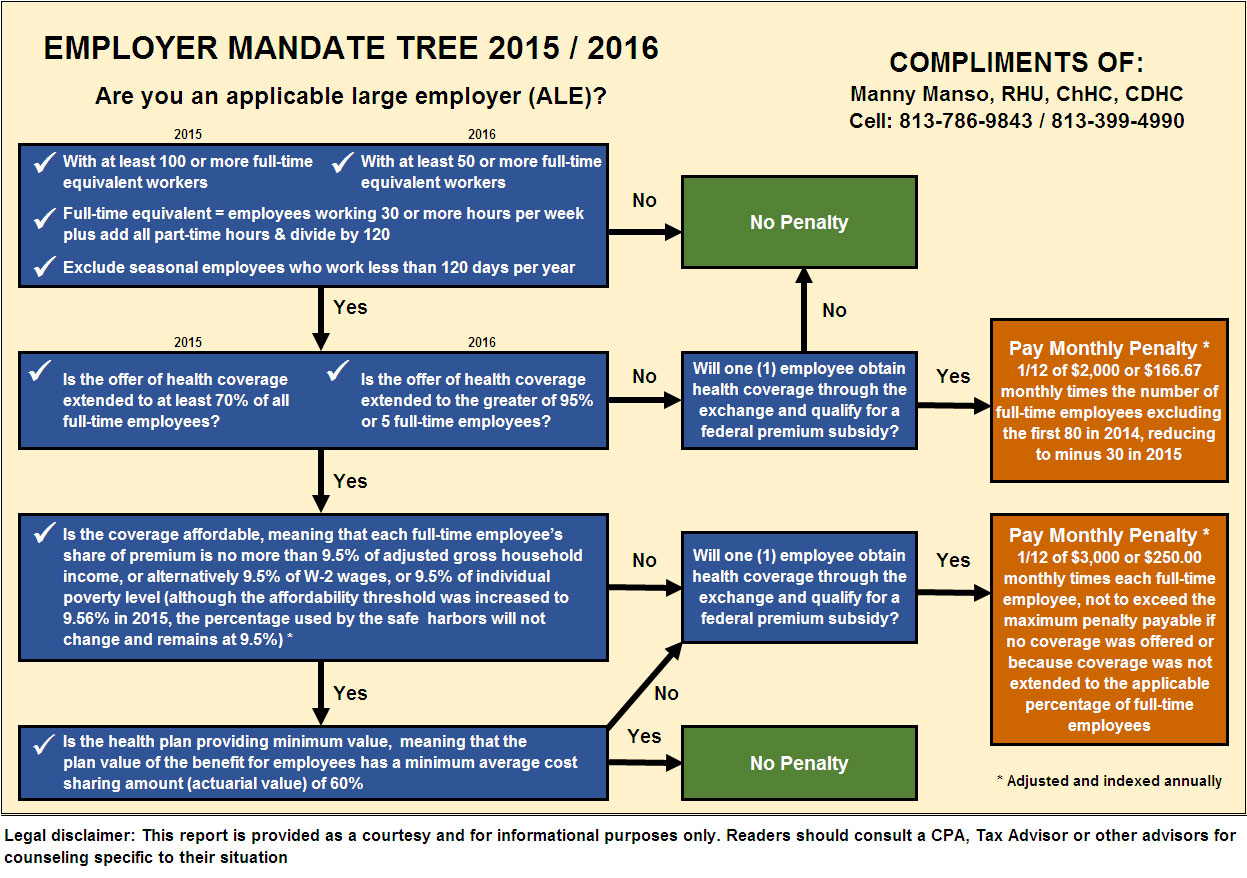At the center of the challenge is the Appropriations Clause of the Constitution. Article I, Section 9, Clause 7 says, “No money shall be drawn from the Treasury, but in consequence of appropriations made by law.”
The lawsuit filed argues the administration is spending billions of dollars without the necessary appropriations from Congress.
The suit filed involves the fundamental question of executive power and Congress’s power of the purse. The issue is a provision of the health care law that requires insurance companies to reduce co-payments, deductibles and other out-of-pocket costs. The federal government reimburses insurers for the “cost-sharing reductions.” This type of assistance is different from the subsidies upheld by the Supreme Court last week. The subsidies, tax credits, help people pay insurance premiums.
The lawsuit challenges the Obama administration saying they did not receive, but needed, an appropriation to make these payments to insurance companies. Thus, President Obama requested the money as part of the budget he sent to Congress in April 2013, but Congress did approve the request. The administration began making the payments in early 2014, using money from a separate account established for tax refunds and tax credits.
In their lawsuit, House Republicans say, “Congress has not, and never has, appropriated any funds” for the cost-sharing reductions. The Obama administration argues that the House does not have standing to sue because its members have not suffered a concrete injury or specific harm. The case is “a generalized institutional dispute between the executive branch and one chamber of the legislative branch,” the Justice Department said.
Employee Benefit Advisors provides employee benefits, tax-advantaged healthcare, compliance guidance for ACA and Health & Welfare DOL Audits, and PEO Advisory & Consulting Services.








